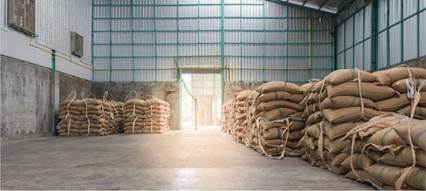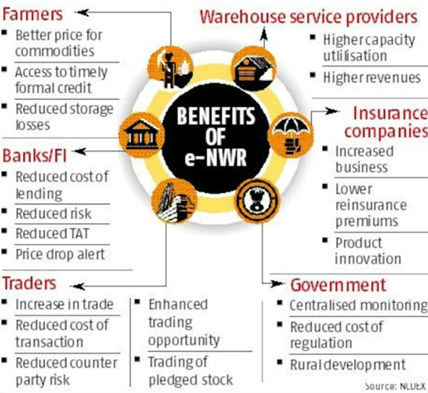Free Courses Sale ends Soon, Get It Now


Free Courses Sale ends Soon, Get It Now



Disclaimer: Copyright infringement not intended.
Context
Warehousing Development and Regulatory Authority
Negotiable Warehouse Receipt (NWR) System
Electronic Negotiable Warehouse Receipt (e-NWR)

Gaps in the warehouse system
Moving Forward
https://pib.gov.in/PressReleaseIframePage.aspx?PRID=1872423
© 2024 iasgyan. All right reserved